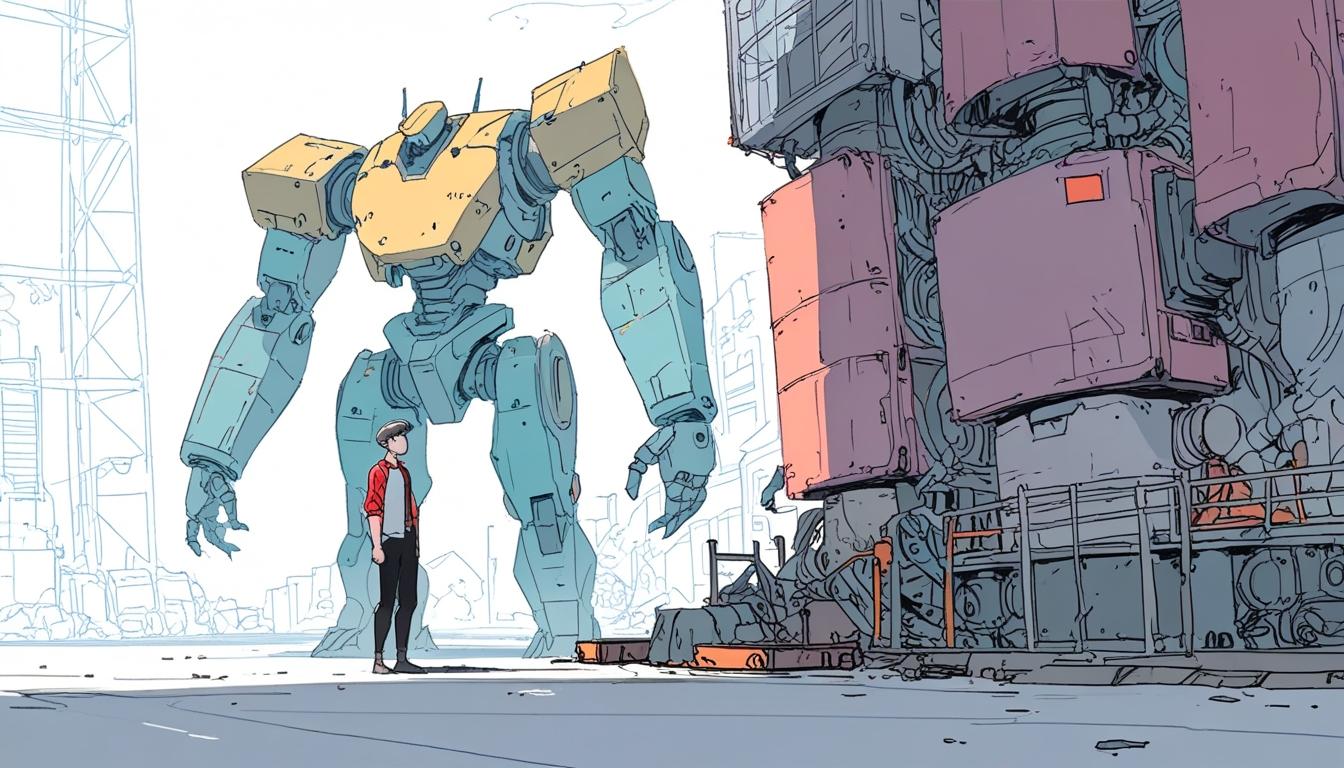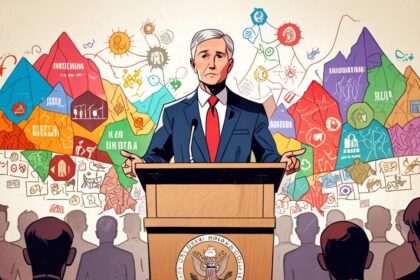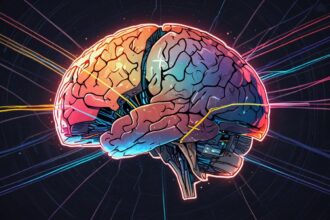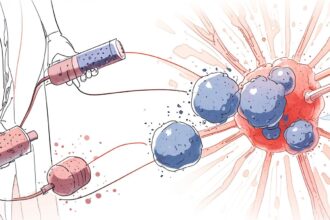As AI advances disrupt traditional roles, major tech firms cut coding jobs by 20%, echoing 19th-century industrial upheavals and underscoring urgent calls for workforce reskilling policies.
Recent advancements in artificial intelligence (AI) technology have raised pressing questions regarding its potential effects on employment. The ongoing discourse, highlighted by various commentators, posits that as AI grows increasingly sophisticated, it could displace human workers across several sectors, leading to substantial job losses and significant social consequences.
John Cassidy, writing for The New Yorker, draws parallels to the early 19th-century textile industry in the United Kingdom, where new automated machinery replaced skilled craftspeople. This period saw considerable unrest, with individuals known as Luddites famously destroying machinery that threatened their livelihoods. Cassidy’s reflections evoke questions about whether society can manage the impending disruptions associated with AI without replicating the tumultuous past.
The reality of these job losses is already surfacing, particularly in the realm of software development. Industry leaders, including Google, are reportedly reducing the workforce required for coding by 20% through the integration of AI, thus replacing lower-skilled coders. This transition aligns with historical trends in software development where automation has streamlined processes over the decades.
Henry Kressel, a technologist and former head of electronic device research at RCA Laboratories, provides context from his own experiences in the industry. He recalls a time when designing integrated circuits involved manual effort that required physical blueprints for interconnections. With the advent of automation and sophisticated design software, the field evolved, leading to the production of chips with billions of transistors. As he points out, while some engineers were displaced, many adapted to new roles in chip design software and system design through continuous retraining.
Despite these advancements, Kressel acknowledges that the rise of AI will bring about employment dislocations. Repetitive and routine jobs are particularly susceptible to being replaced by AI systems. Individuals in such roles will need to acquire new skills to transition into emerging job categories.
Historically, similar transformations have occurred; roles like clerical work and telephone switchboard operations have diminished as technology advanced, but new job opportunities arose in their wake. This historical lens suggests that while certain roles will evolve, the need for human intelligence remains integral to the functioning of AI systems.
Kressel emphasises that the crux of mitigating technology-driven unemployment lies in national education policies that empower the workforce with necessary skills for the future job market. The transition posed by AI, while disruptive, is positioned by some experts as a continuation of a long-standing relationship between technology and employment, punctuating the importance of adaptability in the workforce as industries innovate.
Source: Noah Wire Services
- https://www.ft.com/content/04343a69-8204-493c-b8c6-edfbd4057199 – This article discusses how wealthy urban centers in the U.S. are vulnerable to job displacement from AI-driven automation, affecting sectors like coding, law, and finance.
- https://time.com/7081228/ai-non-union-job-essay/ – This piece highlights the potential impact of generative AI on non-unionized jobs, emphasizing the risk of displacement in knowledge-based and clerical roles.
- https://www.ft.com/content/eb11f69c-e45c-4f23-8793-0ca5866b4b67 – This article covers the debate over automation’s impact on American jobs, including the introduction of semi-automated cranes in ports and the broader concerns about job losses due to robotics.
- https://time.com/6970109/dangers-ai-labor-displacement/ – This article discusses the potential for AI to prioritize profits over people, leading to significant labor displacement and increased inequality.
- https://www.axios.com/local/austin/2023/07/31/ai-workforce-austin-jobs – This report reveals that approximately 13% of Austin’s workforce is at risk of displacement due to AI, highlighting the broader concern of job losses in various industries.
- https://www.reuters.com/technology/ai-seen-cutting-worker-numbers-survey-by-staffing-company-adecco-shows-2024-04-05/ – This survey indicates that 41% of senior executives expect AI to lead to smaller workforces in the next five years, reflecting concerns about job losses due to AI advancements.
- https://asiatimes.com/2025/05/ai-driven-job-loss-is-no-cause-for-panic/ – Please view link – unable to able to access data
Noah Fact Check Pro
The draft above was created using the information available at the time the story first
emerged. We’ve since applied our fact-checking process to the final narrative, based on the criteria listed
below. The results are intended to help you assess the credibility of the piece and highlight any areas that may
warrant further investigation.
Freshness check
Score:
8
Notes:
The narrative is recent, discussing current AI advancements and their impact on employment. However, it references historical events and figures without specific dates, which might slightly detract from its freshness.
Quotes check
Score:
6
Notes:
While there are no direct quotes provided, discussions on industry leaders and historical anecdotes suggest indirect references. No specific original sources for these discussions could be found online.
Source reliability
Score:
7
Notes:
Asia Times is a well-established publication, though it doesn’t have the same level of reputation as major outlets like the Financial Times or BBC. Its reliability can depend on the context and depth of reporting.
Plausability check
Score:
9
Notes:
The narrative aligns well with plausible scenarios of AI impacting employment. It references industry trends and historical precedents that are generally accepted as true.
Overall assessment
Verdict (FAIL, OPEN, PASS): PASS
Confidence (LOW, MEDIUM, HIGH): MEDIUM
Summary:
The narrative appears to be generally plausible and fresh, discussing current AI trends. While the source is somewhat reliable, the lack of direct quotes and specific historical references keeps confidence medium.













